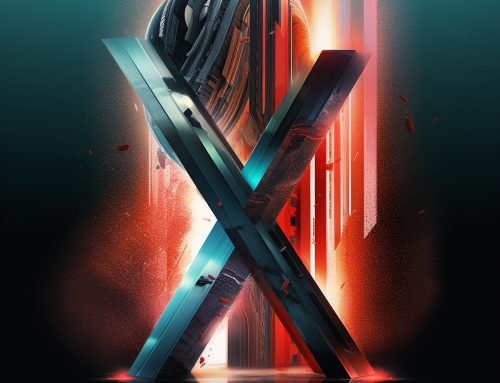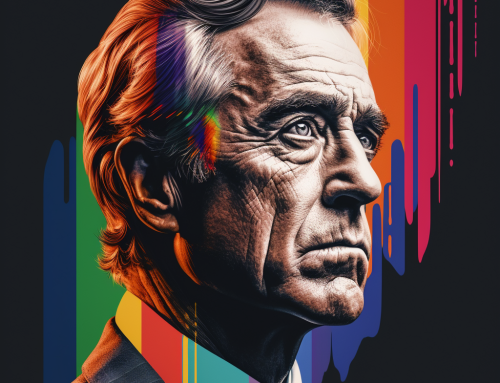
In recent years, Social Media has faced mounting criticism for its failure to effectively moderate harmful content on its platform. This failure has had significant consequences, including a decline in advertising spending on the platform. Advertisers are increasingly seeking alternative platforms that can provide a safer environment for their brands, as Social Media’s surge in harmful content tarnishes its reputation.
The rise in harmful content on Social Media has become a major barrier to advertisers’ return to the platform. Advertisers are rightfully concerned about their brands being associated with offensive and harmful content, as it can have a detrimental impact on their brand image. The surge of hateful and divisive content on Twitter has forced advertisers to reconsider their marketing strategies and explore other platforms that prioritize safety and content moderation.
Advertisers have been vocal about the need for Twitter to take stronger measures to curb the spread of hateful content on its platform. They argue that the current level of moderation is insufficient and that Twitter needs to invest more resources into monitoring and removing harmful content. Without swift and effective action, advertisers fear that their brands will continue to be at risk of being associated with offensive and damaging content.
Twitter’s response to the issue of harmful content has been widely criticized as inadequate by advertisers. They argue that the company needs to implement stricter guidelines and employ a proactive approach to content moderation. Advertisers want to see Twitter actively identifying and removing harmful content, rather than relying on users to report violations.
The spike in offensive and harmful tweets on Twitter has raised grave concerns among advertisers regarding their brand image associations. They understand that consumers are increasingly conscious of brand values and are quick to hold companies accountable for their associations. Advertisers cannot afford to have their brands associated with harmful and offensive content, as it can lead to reputational damage and loss of consumer trust.
As a result, advertisers are diverting their advertising spending to platforms that prioritize content moderation and provide a safer environment for brands. This shift in advertising strategies reflects the growing importance of brand safety in today’s digital landscape. Advertisers understand that by aligning their brands with platforms that actively combat harmful content, they can protect their brand image and maintain the trust of consumers.
Twitter’s failure to effectively moderate harmful content has had a detrimental impact on its advertising revenue. Advertisers are actively seeking alternative platforms that can provide a safer environment for their brands, as the surge of harmful content on Twitter tarnishes its reputation. The need for Twitter to take stronger measures to curb the spread of offensive and divisive content has become a pressing concern for advertisers. Unless Twitter addresses this issue promptly and effectively, it risks losing further advertising spending and damaging its relationships with advertisers.
basketball bounce house




